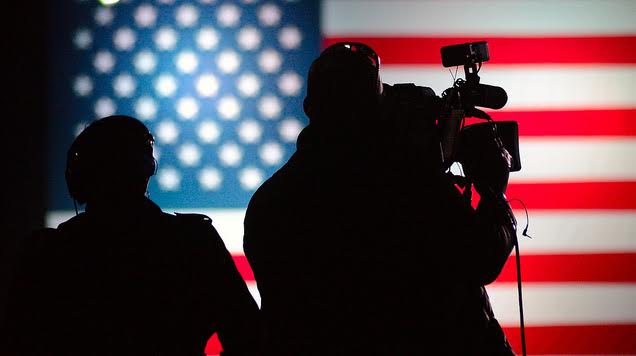
While many Americans are still digesting the ramifications of our most recent election, Charles Stewart III, professor of Political Science at the Massachusetts Institute of Technology, is already looking towards 2020. Stewart is the founding Director of MIT’s Election Data and Science Lab: an initiative that strives to bring together data from American elections into one place so that researchers, academics, the press and policymakers can use the information as a resource to inform improvements of elections. It’s a non-partisan gathering ground for that beautifully objective jewel of a thing—raw data—to be stored, aggregated and then transformed into meaningful, accessible content. It’s a “one-stop shop,” as Stewart said, of the truth, the whole truth and nothing but that.
The Genesis of an Election Science Lab
The lab was established in January of 2017, directly in the wake of one of the most contentious elections in American history. Its roots, however, go back at least 17 years, starting with the infamous Florida recount of 2000. That election gave rise to the CalTech Voting Technology Project, which aims “to prevent a recurrence of the problems that threatened the 2000 U.S. Presidential Election.” The CalTech VTP, coupled with the 16 years Stewart spent working with academics and election officials in order to better understand and improve elections, are the inspiration and backbone of this lab, although it still stands on its own as the first of its kind.
In other words, the seed for the lab was planted well before Russian hacks, alleged voter fraud and Trump’s victory. But timeline notwithstanding, Stewart sees the lab as important now as ever. Elections, he said, are increasingly being cast in a rising partisan framework, which makes “the larger election science community interested in having a more science and data based approach to making elections more convenient, more secure and increasing turnout.” The lab is a perfect opportunity for academics and practitioners to explore common ground: to “bridge the two worlds” between academics and practitioners to create a larger resource for academics and resources.
Stewart went on to elaborate: “It’s an institution that can do fundamental research in the science of elections, creating a nonpartisan, fact-based base of knowledge about elections, and to encourage academics to work with election officials to improve election outcomes, similarly, to provide ways election practitioners can connect with the best scientific knowledge.”
What’s in a Lab?
“As far as technology goes, we’re in the discovery phase,” said Stewart, cautioning against expectations of cutting technology conjured by MIT’s famous name. At the same time, what is unevolved by their standards still impresses from an outside perspective. There’s no other lab in the world quite like this one, and Stewart hopes that the lab will see, as it grows, some interesting technology at play.
One such example is the visualization of data. “Elections are awash in data,” says Stewart. That information goes far beyond election returns. It includes insights on factors such as people who vote by mail, or vote early, which states have clean voter registration roles and which ones aren’t as neat. Granting this information to the best minds in visualization can communicate not just to election officials, but also the larger public, the science of elections in order to instill best practices across the country and world at large.
The Lab’s Impact on Future Elections
This type of communication, in turn, can prevent many of the issues apparent in the 2016 elections—such as the Russian hack. “It’s easy to be alarmist,” said Stewart in reference to the hysteria surrounding election interference. “People jump to the conclusion that Russians were in our voting machines changing their votes—which they weren’t.” Having an election science lab made accessible to experts in the press could stop the propagation of such misconceptions. It could also shed light on the true vulnerabilities of the election process, such as voter registration processes, and other ways in which outside sources can (and did) influence the vote.
In the meantime, Stewart is excited about how the lab allows students, faculty and researchers to immediately get involved and show off what people are doing. MIT is well-known not only for its innovative work that comes with the highest standard of excellence, but also for its immediacy. This type of work gives back to society instantaneously can make the lab’s growing pains well worth the wait.
Right now, the lab is “still being born,” said Stewart, who described the website which will eventually become a virtual library of data as “tiny”—but he hopes it will bear big fruit by the time the next election rolls around. “Come back in 2018,” he said. By then, there should be plenty of show-and-tell.
Photo by Darron Birgenheier, CC-BY
Elisia Guerena is a Brooklyn based writer, who writes about tech, travel, feminism, and anything related to inner or outer space.